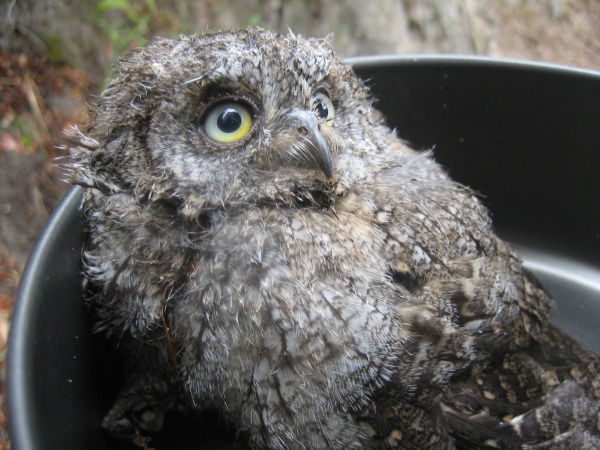Facts About Scops owl
Scops owls are captivating small birds belonging to the genus Otus, primarily found in the Old World. With approximately 45 species, Otus is the largest genus of owls. These birds are small and agile, adorned with brownish feathers that provide excellent camouflage against tree bark. Intriguingly, female scops owls are generally larger than their male counterparts. Once, American screech owls were classified under the Otus genus; however, subsequent studies reclassified them into their own genus, Megascops.
Over the years, the classification of Otus has undergone significant changes. Scientists have delineated several new genera from Otus based on behavioral traits, morphological features, and genetic data. DNA sequencing has been instrumental in elucidating the diversity and uniqueness within this group. In 2003, the genus Megascops was formally recognized once again. Both scops and screech owls are closely related, almost like sister species, and occupy similar ecological niches.
Scops owls are renowned for their variety of calls, including whistles and hoots, which they use for communication and territorial defense. They predominantly hunt from perches in semi-open areas, preying on insects, reptiles, small mammals, and birds. Their senses are finely attuned for hunting. These owls are solitary and nest in tree cavities, with both parents sharing responsibilities in raising their young. Each species of scops owl possesses its unique call.
Historical records provide insight into the evolutionary trajectory of scops and screech owls, likely dating back to the Miocene epoch. Evidence suggests that they originated in the Old World. Scops owls exhibit different vocalizations and behaviors compared to screech owls, which are known for their trills and songs. Ongoing research continues to illuminate the taxonomy, ecology, and behavior of these intriguing owls.
